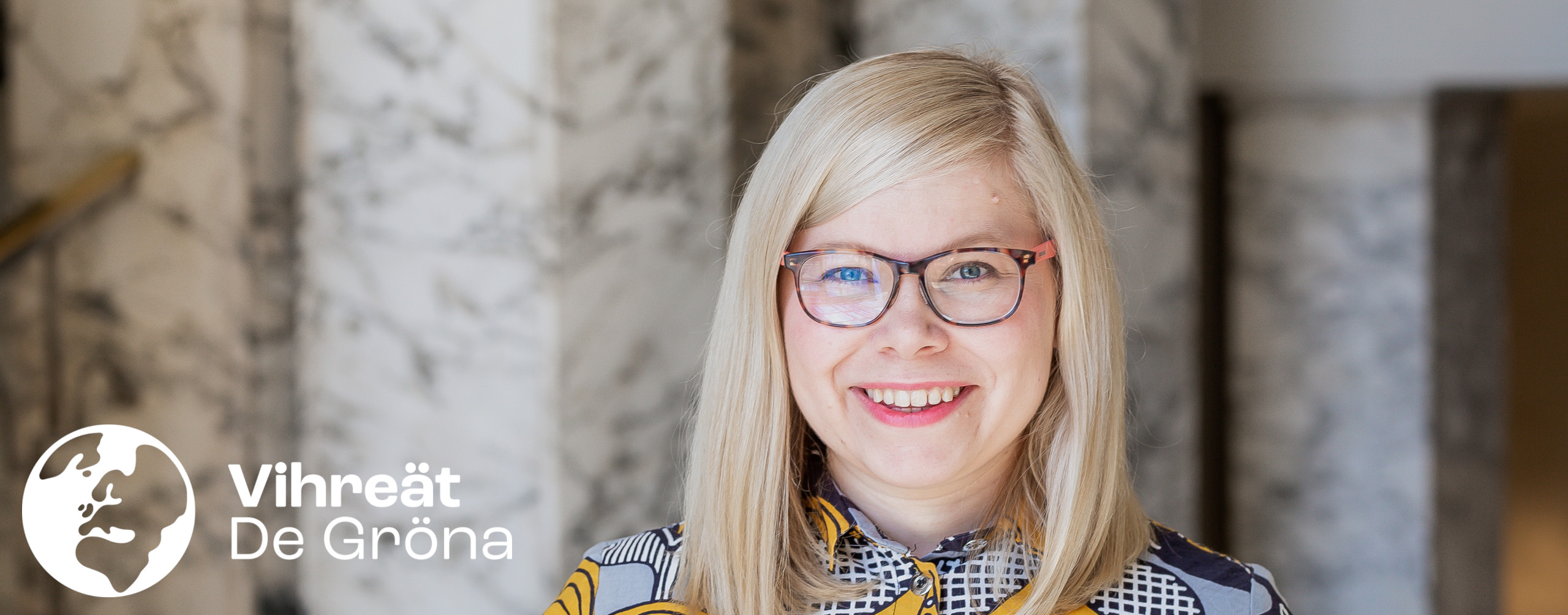Julkaistu ensimmäisen kerran Helsinki Times -kolumnina 27.4.2021.
The Covid crisis doesn’t treat people equally. We all feel the disadvantage of the restrictions, closing of public spaces and the lack of services. But certain groups suffer even more than others. Especially children and young people, some of whom have been at home schools for over a year, experience the effects of the worldwide pandemic in a tragic way.
In the beginning of the crisis, distance learning might have felt like a refreshing variation from the student’s point of view. Now we know better. Sure, for some, studying at home has been an opportunity to study more efficiently than normally. But for many, it has meant learning difficulties, fatigue, loneliness and a lack of adequate support.
The crisis is not over. But we already know that distance learning has increased differences in children’s knowledge and skills. According to a new publication from Finnish education evaluation centre Karvi, more than half of teachers in basic education believe that distance learning will have significant negative effects, such as weaker learning results and difficulties in the learning process. The situation is particularly challenging with pupils and students with special needs.
But it’s not just learning that has taken a hit from this pandemic. In addition to the health crisis, we also have a mental health crisis in our hands. Mental health problems increased even before the pandemic, but now the situation is even more worrying. Slowing down this alarming development requires urgent help and support for children, young people and parents who worry about their mental health or struggle with depression, anxiety or burnout.
I propose three solutions to get started on resolving these problems:
First: We need to make sure we get a hold of every child and young person as fast as possible. Quite a few have not been reached since the pandemic started. From early childhood education to vocational schools, high schools and universities, we should contact every pupil and student personally. And we can’t forget those who are not currently studying. The dropout rates have risen particularly in vocational education. This kind of effort requires extensive cooperation between municipalities, different authorities, organizations, educational institutions as well as youth work and health care personnel.
Second: We must prioritize mental health services in order to meet the growing demand and to reduce the gap in wellbeing. The services need to be accessible, uncomplicated and available for everyone. This requires adequate resources and know-how on mental health in health centers, social work and schools. Setting up walk-in-clinics and implementing new policies in municipalities would ensure quick access to mental health care.
And third: We need a long term plan of how to close the gap in learning and wellbeing. Some kind of a national program, if you may. The solutions mentioned above could be the first two steps of that program. But we have to understand we have a long way ahead of us to repair what the past year has broken. It is necessary to build a path out of this crisis and take all action needed to support kids, young people, young adults and families through this exceptional period. Since this won’t be the last crisis to hit us, it’s important that we also learn from it. Particularly children have the right to education and mental health even in a state of emergency.
Overcoming a global pandemic is not an easy job. But when things get hard, values are what matter the most. No one should be left behind.
Saara Hyrkkö is a Finnish politician currently serving in the Parliament of Finland for the Green League at the Uusimaa constituency. She has been a Member of Parliament since 2019 and works as Vice Chair in the Green Parliamentary Group.
